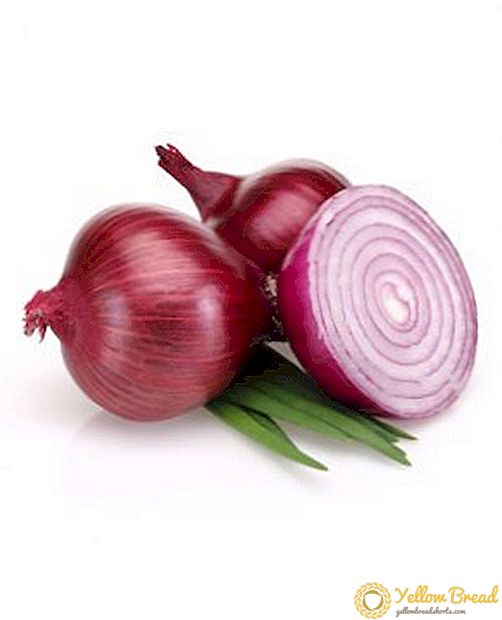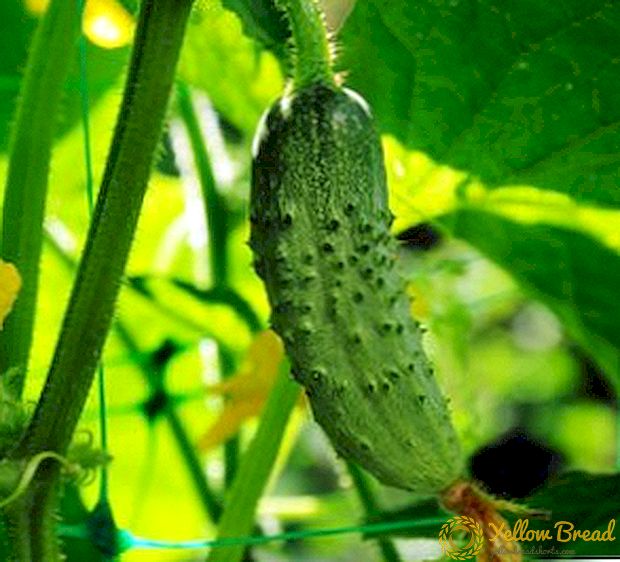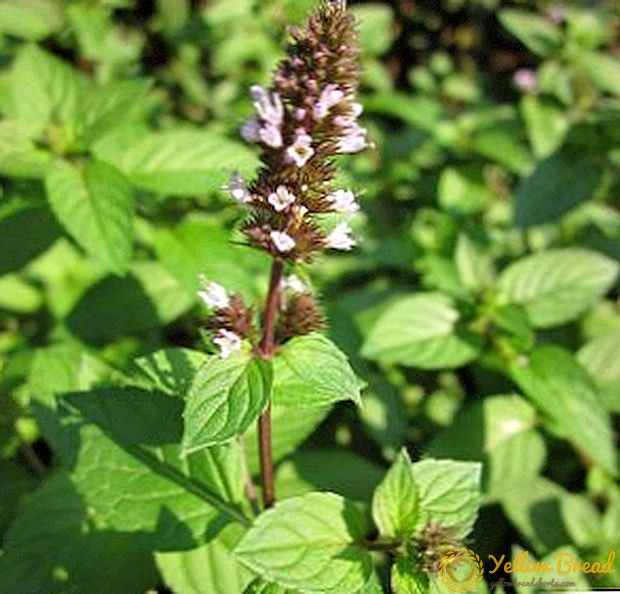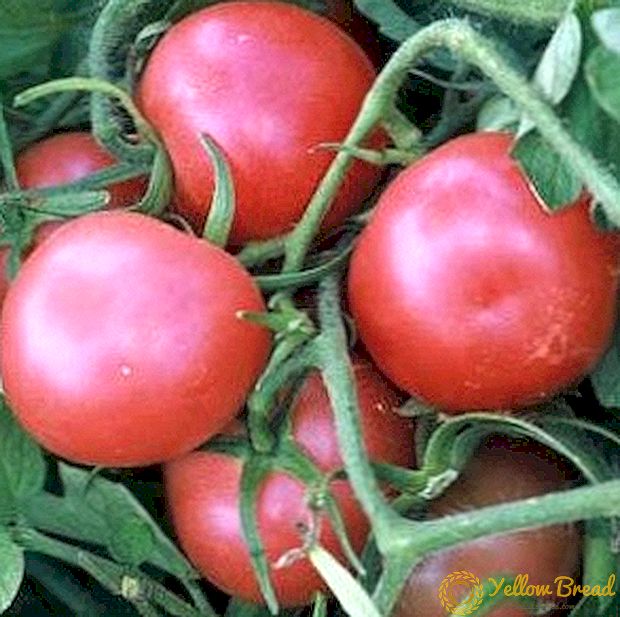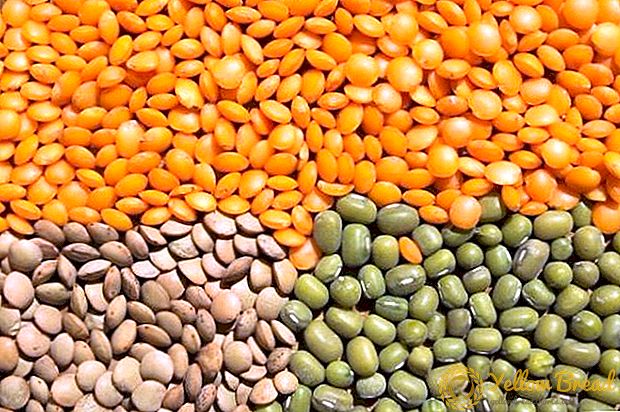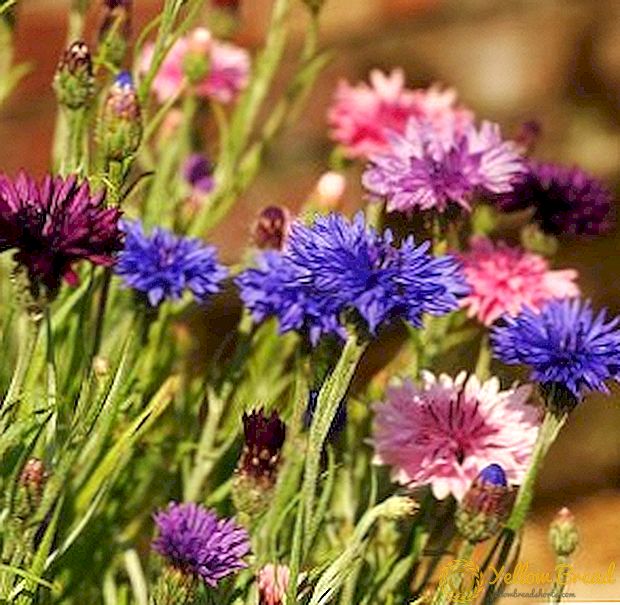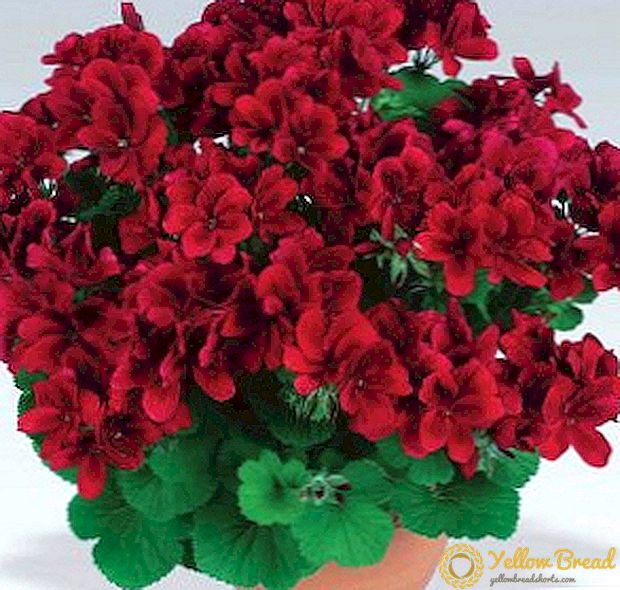 Pelargonium is a perennial plant of the Geranium family, which is characterized by large and colorful inflorescences. Geranium caught on and became incredibly popular among home flowers. The simplicity of care, the ability to clean and moisturize the air, the abundance of species, tenderness and prettiness, pleasant smell - all these advantages turned the plant into the favorite of many housewives. Buying pelargonium in a pot is too expensive, it will be much more profitable to grow geraniums from seeds at home.
Pelargonium is a perennial plant of the Geranium family, which is characterized by large and colorful inflorescences. Geranium caught on and became incredibly popular among home flowers. The simplicity of care, the ability to clean and moisturize the air, the abundance of species, tenderness and prettiness, pleasant smell - all these advantages turned the plant into the favorite of many housewives. Buying pelargonium in a pot is too expensive, it will be much more profitable to grow geraniums from seeds at home.
- Requirements for planting material
- Optimal timing
- Seed preparation
- Soil mix
- Capacity for growing seedlings
- Sowing seeds
- Conditions and care for crops
- Conditions and care for seedlings
- Further transplant
Requirements for planting material
The reproduction of geraniums at home occurs by seed. The main criterion for seeds is their quality. They should be brown in color, oblong and hard. You should not buy planting material on the market or in other unchecked places, it is better to do it in a specialized shop of agricultural products. Let it be somewhat more expensive, but more reliable.Then you will be sure that it is the geranium of the desired color that will grow, durable and beautiful. Good seeds are sold ready for sowing, so that special efforts for planting do not have to.
There are about 250 varieties of plants, and you can choose which one is most suitable. Pelargonium is divided into two groups: blooming and smelling. For home breeding advise white, red and fragrant geranium. 
Optimal timing
Clear recommendations when to plant pelargonium, does not exist, as the geranium from the seeds is not particularly picky to grow. Florists are advised to do this in the spring-summer season, when the greatest amount of sunshine.
If you do not want to wait for a warm pore - it does not matter. You can use additional lighting electric lamps and deal with seedlings all year round. To medium size, geranium will grow within 3-5 months. 
Seed preparation
As a rule, you don’t need to do anything with the seeds beforehand. Your main task is to preserve them in a dry, dark place where insects and other pests do not have access.
If the packaging indicates that the seeds are not prepared for planting or you simply have some doubts, then they should be treated with phytohormones ("Zircon", "Appin"), and then soak in warm water for several hours. With such simple manipulations, it is possible to accelerate the germination of grains and improve their quality.
With seeds collected at home, things are not so simple. First, they need to be sanded with emery paper to clean the rough upper layer, and then treated with preparations and soaked.  In the case of domestic seeds, the probability of getting good seedlings is very small.This is due to the fact that during seed reproduction, hybrid varieties of pelargonium are likely to lose the genes of the parent plant.
In the case of domestic seeds, the probability of getting good seedlings is very small.This is due to the fact that during seed reproduction, hybrid varieties of pelargonium are likely to lose the genes of the parent plant.
Soil mix
Since the planting material is dry, planting pelargonium seeds requires loose soil. It should be of medium density and not too clay. Ready soil can be bought at the store, there is a special mixture for geranium, or you can prepare it yourself at home.
To do this, you will need one of the following proportions:
- peat, sand, turf (1: 1: 2);
- sand, peat (1: 1);
- perlite, peat (1: 1).

Capacity for growing seedlings
A container for growing seedlings of pelargonium can be divided into two types: separate and joint. Both landing methods are equally effective, but they have their own nuances.
Individual packaging for each seed implies small, usually plastic containers, disposable cups, for example.The advantage of a separate container is the fact that when planting seedlings in a pot, the root system of a plant does not suffer exactly.
The total capacity for growing requires sowing of each seed at a distance of 5-7 centimeters from each other. This is done so that the roots of pelargonium do not grow together and they can be seated easily.  It is advised to choose a not very small container for growing a flower. It should have enough space not only for the soil, but also for the drainage material at the bottom. As it is suitable for screening or other small pebble.
It is advised to choose a not very small container for growing a flower. It should have enough space not only for the soil, but also for the drainage material at the bottom. As it is suitable for screening or other small pebble.
At the bottom of the tank for seedlings can not do without drainage holes. They are needed to ensure that the root system has access to oxygen and can release excess moisture.
Accordingly, it is necessary to take care of a small stand under the container, so that there is no excess dirt around.
Sowing seeds
Tips on how to plant geranium seeds do not have any special differences from the recommendations for other colors. Consider the seeding algorithm:
- We choose a container and fill it with drainage material, and then with soil.
- We spread the seeds.
- We sprinkle them a little with soil or sand (seeds should be no more than 3-4 centimeters under a layer of soil, otherwise they will germinate for a long time).
- Moisturize the soil with a spray.
- We put tara on a lighted window or another place, cover it with film, glass. We are waiting for the result.
Conditions and care for crops
Remember to keep the soil slightly moist, open the film or glass once a day for a few minutes so that oxygen can enter. If you do everything right, then shoots will be visible within a month. 
Conditions and care for seedlings
When shoots appear, glass or film is removed. While the plants are still small, they are very sensitive, weak and require special attention. They should be stored where there is no wind or draft, because a small impact can break a thin and fragile stem.
Do not forget about indirect sunlight, now it is extremely necessary for geranium, as it promotes the growth of the flower and all the chemical processes inside. Take care of enough water, but do not overdo it.
The best will water the seedlings daily in small portions. Experienced housewives advise dispensing water with a conventional pipette. In summer, as a rule, watering should be more abundant than in winter.  If the droplets remain on the stalks, they can cause black spots on them, which indicate the disease of the seedlings. Having noticed them, be sure to water the seedlings with a weak solution of potassium permanganate or phyto-alcohol. Such actions will fix everything, and your plant will not be threatened with anything.
If the droplets remain on the stalks, they can cause black spots on them, which indicate the disease of the seedlings. Having noticed them, be sure to water the seedlings with a weak solution of potassium permanganate or phyto-alcohol. Such actions will fix everything, and your plant will not be threatened with anything.
Try to constantly monitor the temperature at which the plants are located. It should be reduced to + 20 ... +16 ° C.
If it becomes lower than this, then there is a risk that the seedlings will succumb to hypothermia and it will be impossible to save it.
The first sheet should grow back in 1-2 weeks if you are properly caring for the seedlings. The subsequent growth depends on the temperature of the room, the quality of the soil, the variety of pelargonium and the shelf life of seeds. 
Further transplant
A signal that it is time to transplant seedlings into pots will be the appearance of 2-3 leaves on the seedlings. It is at this age that the plants are ready for picking.It is not necessary to choose a too large pot for a flower; a container with a diameter of about 10 centimeters will be quite enough.
In the future, you may need another transplant in larger pots, but this is over time. They recommend containers made of natural material, clay is well suited. This will help protect the plant from excessive overheating and will retain moisture longer, which means that pelargonium will not require frequent watering.
When transplanting using the method of transfer - move the plant from one container to another, without disturbing the clod of soil and root. This is the safest way. During the process, it is recommended to add a portion of long-lasting fertilizer in order for geranium to “get accustomed” to a new place.  Do not use fresh organic fertilizer to supply the flower nutrition. To do this, it is better to take synthetic substances that are rich in potassium, phosphate and nitrogen, as well as other various trace elements: boron, magnesium, iron, copper.
Do not use fresh organic fertilizer to supply the flower nutrition. To do this, it is better to take synthetic substances that are rich in potassium, phosphate and nitrogen, as well as other various trace elements: boron, magnesium, iron, copper.
Fertilizer will promote bright and lush flowering. Transplanted geranium needs to be watered with a small amount of water. In the warm season, the flower is carried to a balcony or garden.
 This is incredibly useful for plants, because geranium loves the sun, as a result, there will be more leaves and flowering. In September, the pelargonium is transplanted back into the tank and put into the room. Florists recommend changing the soil of the flower at least once a year, and preferably more often.
This is incredibly useful for plants, because geranium loves the sun, as a result, there will be more leaves and flowering. In September, the pelargonium is transplanted back into the tank and put into the room. Florists recommend changing the soil of the flower at least once a year, and preferably more often.In conclusion, it is worth noting that, with quite a bit of effort and time, you can grow a real miracle at home that will surprise you with its beauty, pleasant aroma, as well as some healing properties. Try it and you will succeed!

